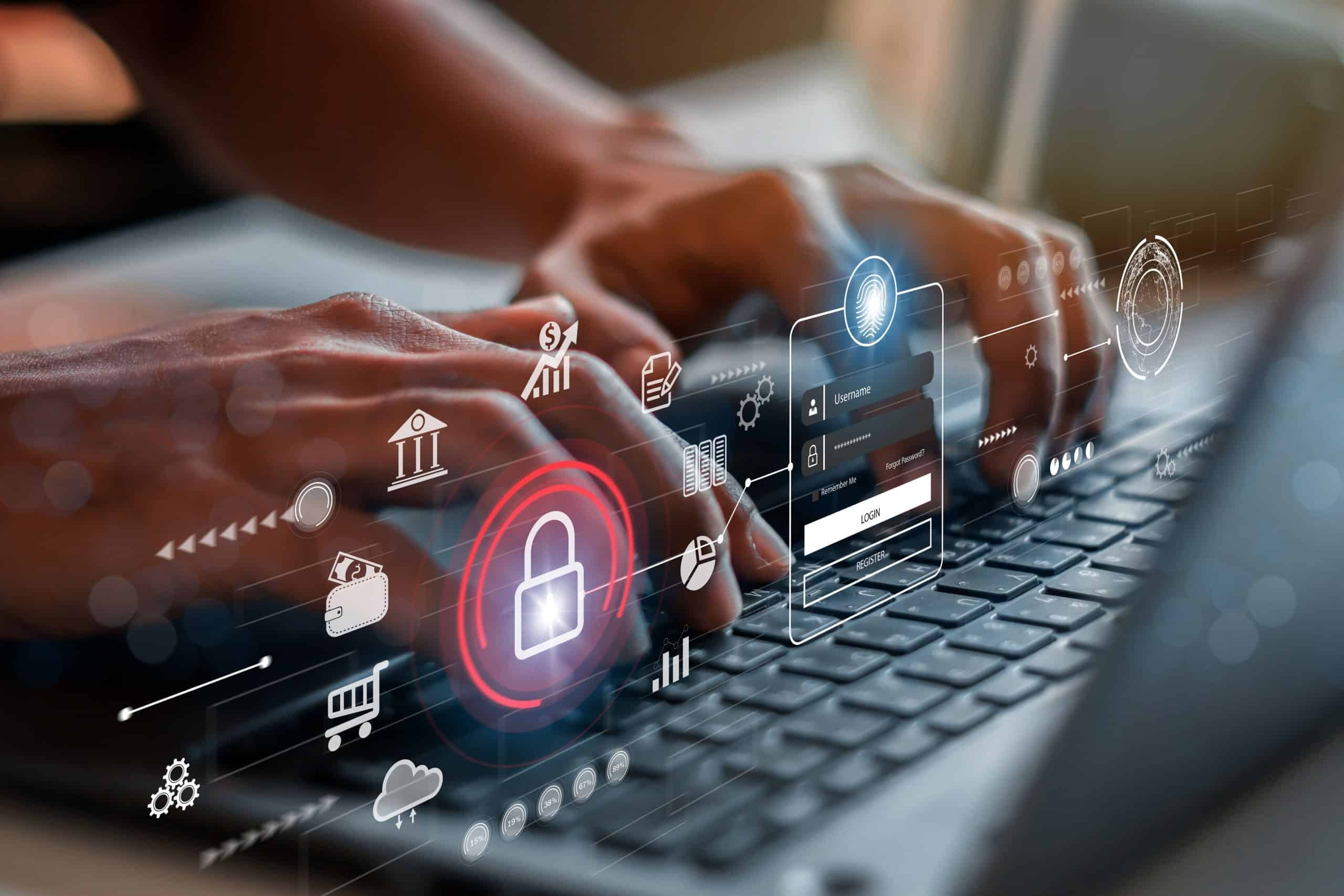

Why is Cybersecurity important? Cybersecurity protects all categories of data from theft and damage. An insider threat can be as simple as an employee opening a phishing email. Or leaving their computer unlocked in a public area. Even the use of unsecure public Wi-Fi or not keeping devices and software up-to-date can be risky.
A cybersecurity breach not only affects your data. It affects the company’s reputation and customer relationships. It costs time and money in recovery, fixes, and fines.
Every employee should care about it. All the way from the C-level to frontline workers, everyone needs to become a cybersecurity champion.
Without a cybersecurity policy in place, your organisation cannot defend itself against data breach campaigns, which makes it an irresistible target for cybercriminals. By improving security across your organisation and at different levels, you can help your organisation, customers, and employees to be less of a target to cybercriminals and improve trust.
Here are some of the techniques that will help you improve your security on all levels.
Education is key. Help your employees identify the threats by training and introducing the best available practices that will help mitigate breaches. It can either be online or in person, trainings are a good way to get your staff up to scratch. Making sure you have regular refreshing training on security topics like recognising and handling phishing or spoof emails, data protection and safe online behaviour.
Identity and access management can be provided using technologies such as Azure Active Directory (Azure AD) and MFA (multi-factor authentication) that provides the security of two-step verification within a layered approach. Compromising multiple authentication factors presents a significant challenge for attackers. Even if an attacker manages to learn the user’s password, it is useless without also having possession of the additional authentication method. It works by requiring two or more of the following authentication methods:

Azure Multi-Factor Authentication (MFA) will safeguard access your organisations data and applications while maintaining simplicity for users. It provides additional security by requiring a second form of authentication and delivers strong authentication via a range of easy-to-use authentication methods.
Having access to emails on any device is a great benefit for mobile working. However, you should never sacrifice security for convenience.
An email client such as Microsoft 365 can automatically distinguish between spam, phishing, and real emails, attachments, and links. It also has the tools to secure data and protect against threats. Therefore, lowering compliance risks and costs.
It is important that everyone in your organisation keeps their software up to date. Unless you use cloud-based software this will allow security updates to happen automatically. Having software that promotes users to instal regular updates shifts the responsibility within your organisation.
Even with all these safeguards in place, it is important that you have in place training and confidence in your employees to use the tools correctly. It is your responsibility to keep them up to the standard through regular training and refreshes and continuously highlighting the importance of cybersecurity to keep it in the forefront of the brain.
Want to learn more about how we can help?